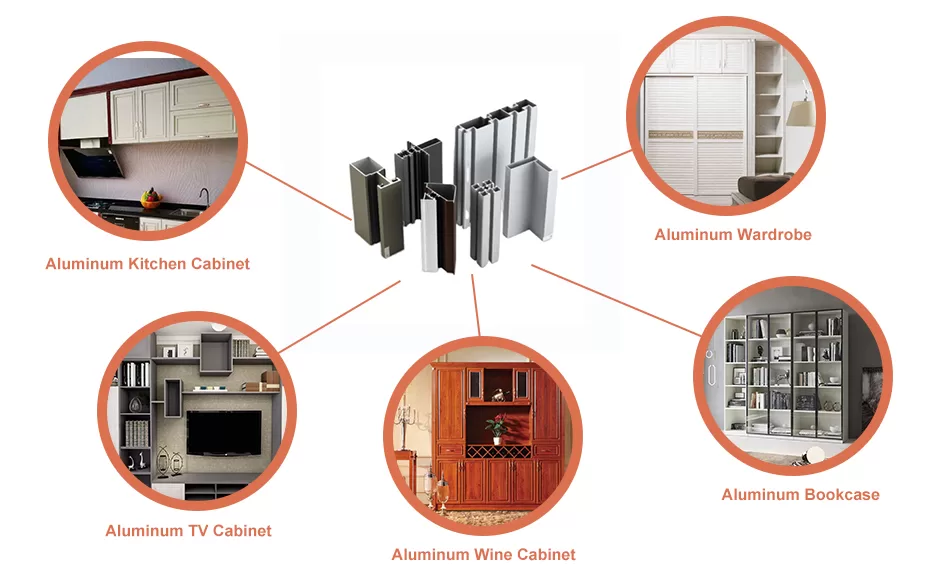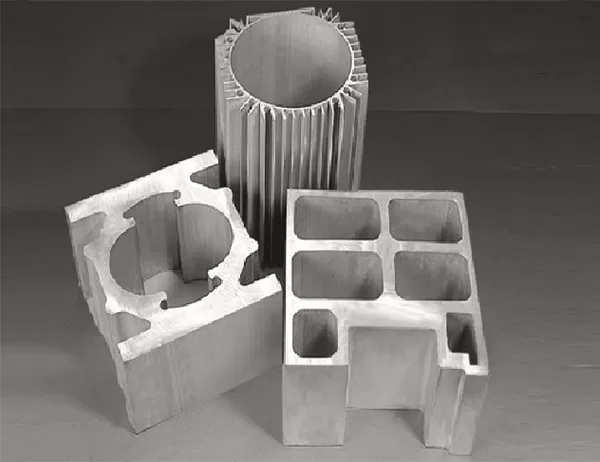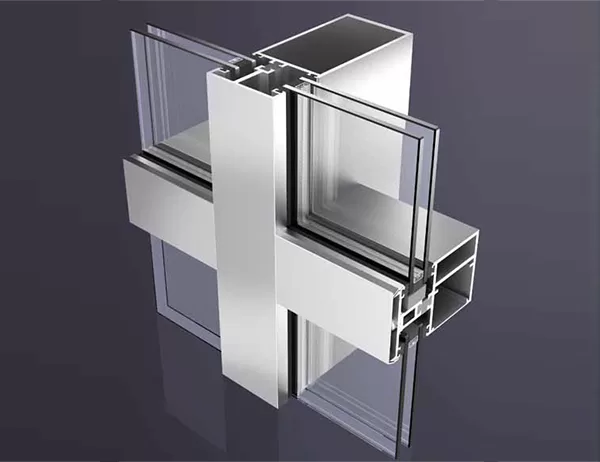In the realm of construction, formwork systems play a pivotal role in shaping concrete structures. Among the various options available, Mivan aluminum formwork and plastic formwork stand as two prevalent choices. This comparative study delves into the distinct characteristics, advantages, and disadvantages of these two formwork systems to inform decision-making for construction professionals.
Mivan aluminum formwork is constructed from lightweight and durable aluminum alloys, offering superior strength and dimensional stability. Plastic formwork, on the other hand, utilizes various types of plastics, such as polypropylene or polyethylene, featuring flexibility and ease of handling.
Aluminum’s robust nature allows for multiple reuses, typically up to 250 times, reducing material wastage and overall project costs. Plastic formwork, while generally less durable, provides a cost-effective solution for low-rise construction or projects with a limited number of pours.
Mivan aluminum formwork is renowned for its rapid construction speed. Its modular design and large-panel sizes enable faster assembly and dismantling, especially for high-rise buildings. The interlocking panels minimize the need for additional bracing, further expediting the construction process.
Plastic formwork offers a slower construction pace compared to aluminum formwork. However, its lightweight and flexibility make it suitable for complex shapes and curved surfaces. This adaptability allows for intricate architectural designs but may require more labor and time for installation.
Mivan aluminum formwork boasts exceptional durability due to the inherent properties of aluminum. It is resistant to moisture, corrosion, and fire, ensuring its longevity throughout the construction process. Aluminum formwork can withstand multiple reuses without compromising its structural integrity.
Plastic formwork exhibits lower durability compared to aluminum formwork. Its vulnerability to UV radiation, temperature fluctuations, and physical impacts can lead to damage over time. This reduced durability limits the number of reuses and increases maintenance costs.
Mivan aluminum formwork produces a premium finish with smooth and even surfaces. The aluminum panels provide a consistent and aesthetically pleasing appearance, reducing the need for additional finishing work. This characteristic makes it ideal for exposed concrete applications.
Plastic formwork offers a less refined finish compared to aluminum formwork. The plastic material may result in some surface imperfections and texture variations. This finish may require additional finishing work, such as plastering or painting, to achieve the desired aesthetic outcome.
Mivan aluminum formwork generally requires a higher initial investment than plastic formwork due to its superior material and construction quality. However, the extended durability and multiple reuses of aluminum formwork can offset these initial costs over the project’s lifetime.
Plastic formwork offers a more cost-effective solution for projects with less demanding requirements. Its lower initial cost makes it attractive for smaller-scale projects or applications where durability and aesthetics are not of paramount importance.
Aluminum formwork has a higher environmental impact compared to plastic formwork during its manufacturing process. However, its reusability and recyclability mitigate this impact to some extent. Plastic formwork, while often more energy-efficient during production, may pose disposal challenges due to its non-biodegradable nature.
When considering the environmental impact of formwork systems, factors such as the number of reuses, the quality of recycling programs available, and the overall construction waste generated must be taken into account.
The choice between Mivan aluminum formwork and plastic formwork depends on the specific requirements of the construction project. Mivan aluminum formwork offers superior durability, construction speed, surface finish, and longevity, making it a suitable choice for high-rise buildings, complex architectural designs, and projects requiring multiple reuses. Plastic formwork provides a cost-effective solution for smaller-scale projects, intricate shapes, and applications where aesthetics and durability are less critical.
By carefully considering the factors discussed in this comparative study, construction professionals can make informed decisions regarding the selection of formwork systems that best align with the project’s technical, economic, aesthetic, and environmental considerations.




